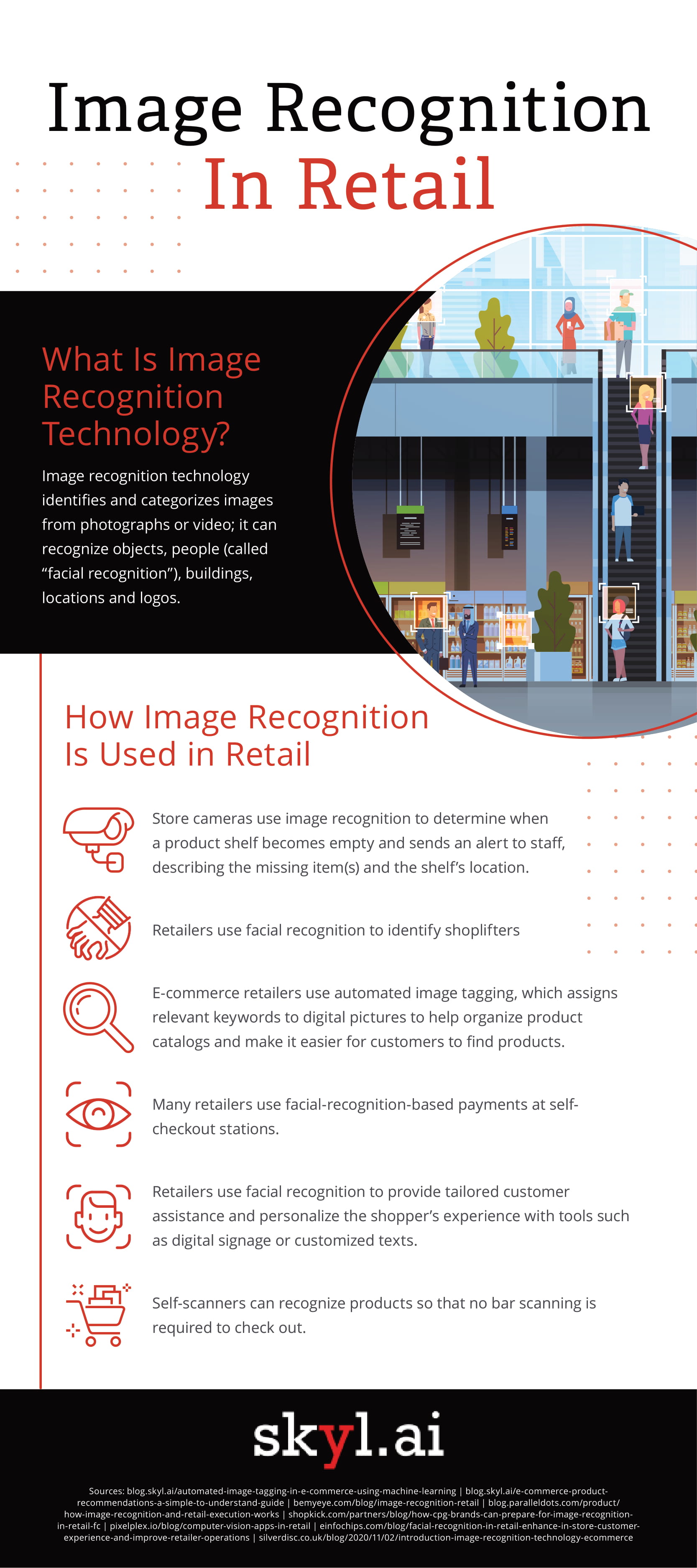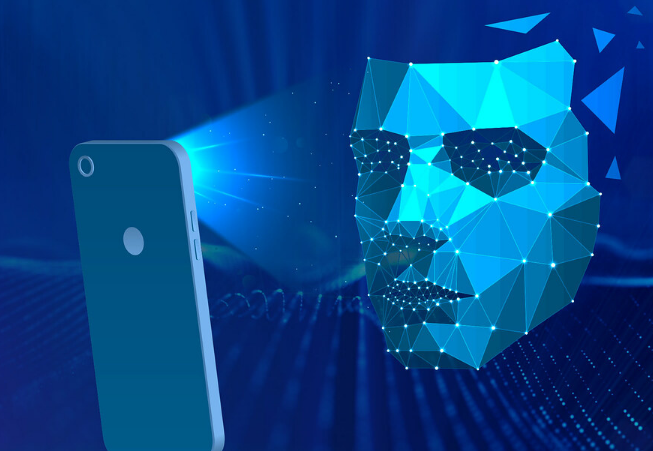As humans, our sense of sight is amazing! You can scan a crowd and pick out the face of someone you know. You can quickly grab a box of cereal you recognize at the store without having to think about it. You can spot your car in a crowded parking lot even though it may be the same basic shape and even the same color as other vehicles around it. Your eyes and brain work together to distinguish different objects all the time.
It’s much more difficult, however, for computers to work as well as our vision. Fortunately, programmers can enable computers to “see” in a similar way that people do. These computers can also learn by example so that they can accomplish specific tasks. Computer vision and image recognition are two examples of this ability. Image recognition refers to the ability to identify images and categorize them into specific categories; it can separate different items in a photograph as well as recognize objects, people, buildings, locations and logos.
Computer vision encompasses a broader field, of which image recognition is a part. Computer vision is the process of gathering high-dimensional data and analyzing it to make decisions; it includes event detection, image reconstruction and object recognition.
Today, digital images and videos comprise an enormous percentage of the data that is being shared. Many forward-thinking retailers are using this data in a variety of ways. For example, retail stores can use store cameras that harness image recognition to determine when a product shelf becomes empty. The camera can then send an alert to staff, describing the missing item(s) and the shelf’s location so that it can be restocked.
Customers can also use image recognition to shop for products they want; they take or find a photo, find the item or a similar one online, and purchase it instead of searching for it by using words. This growing prevalence of image recognition is evidence that tagged images can be an easier way for potential customers to locate products than using text-based keywords. E-commerce retailers can use automated image tagging — which assigns relevant keywords to digital pictures — to enhance this process. Using automated tagging can help retailers organize their product catalogs and make it easier for consumers to find the products they want.
The market for image recognition is immense and growing; it is expected to be worth nearly $39 billion by the end of 2021.The accompanying resource describes more specific ways that image recognition technology is being used by retailers. Courtesy of Skyl.




